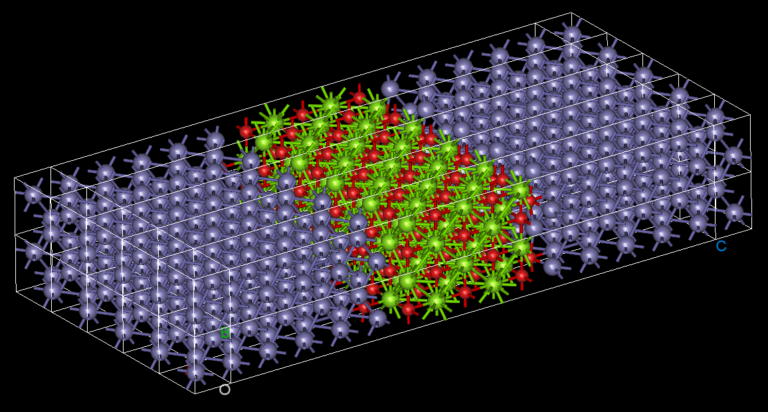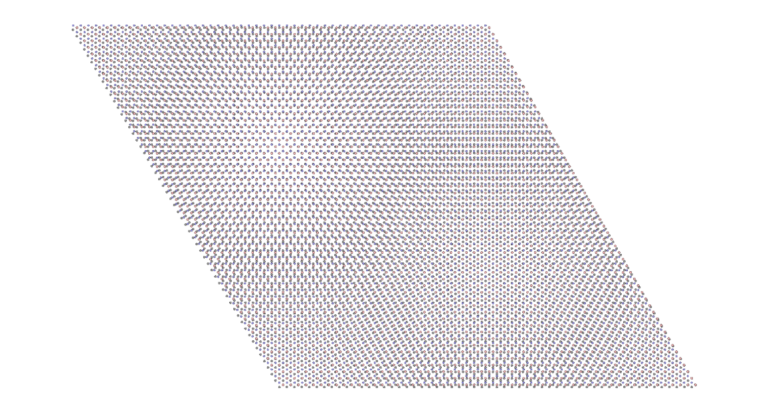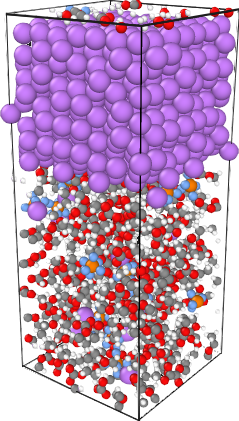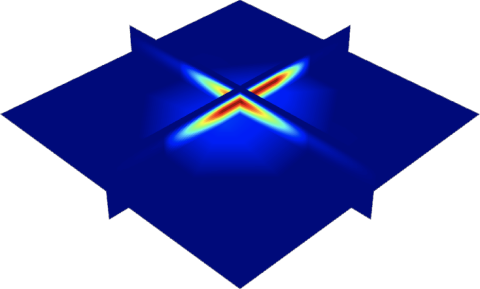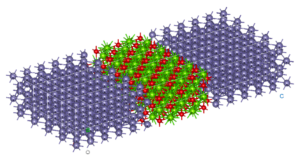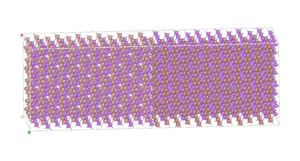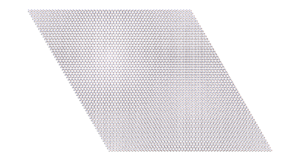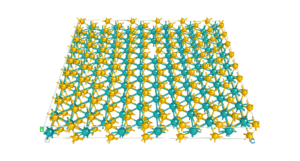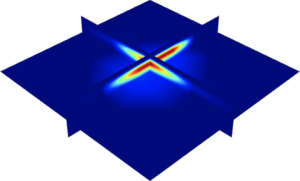NanoDCAL+
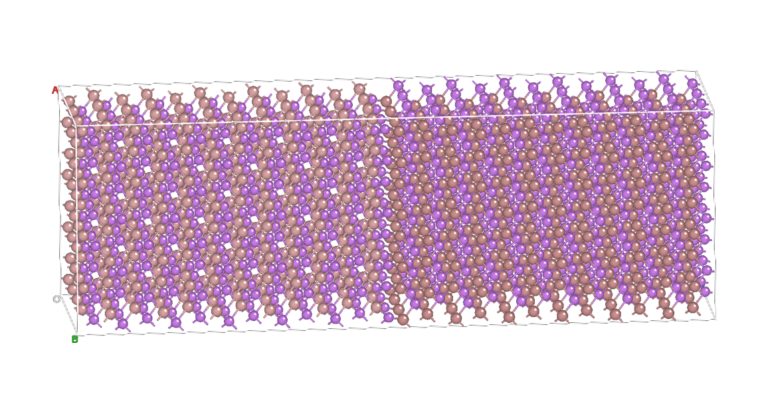
Who are the customers
using NanoDCAL+?

Device engineers
Experimentalists
Theoretical physicists
Academic teachers
Benefits
NanoDCAL+Predict the electronic structure of virtually any material.
Accurately predict non-equilibrium properties of heterojunctions and devices.
Get the answer faster using NanoDCAL+’s powerful implementation.
Using NanoDCAL+ is convenient and easy.
Download the NanoDCAL+ leaflet to get a summary of the software features!
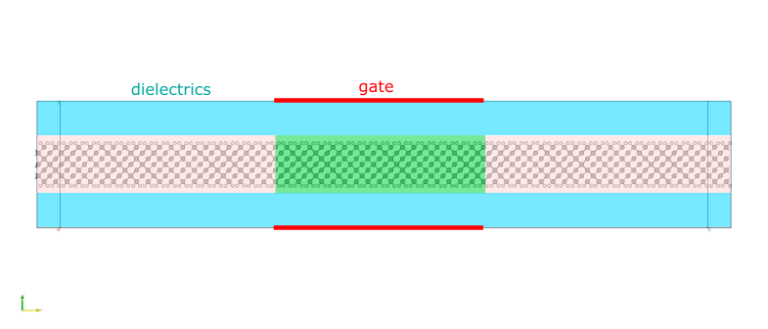

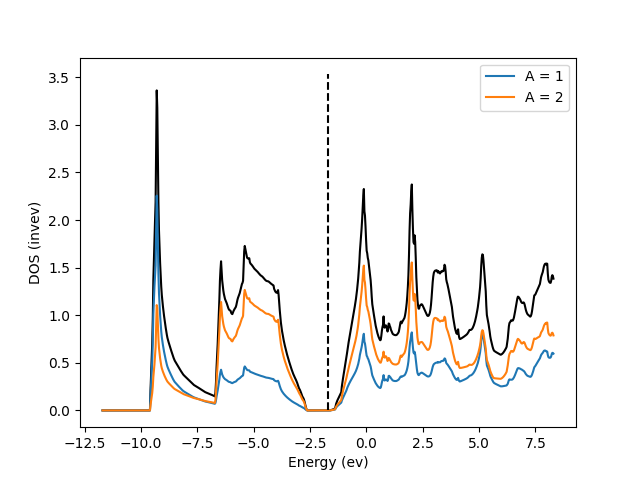

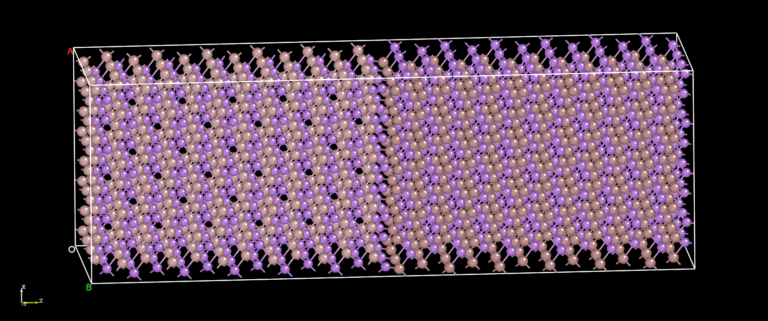

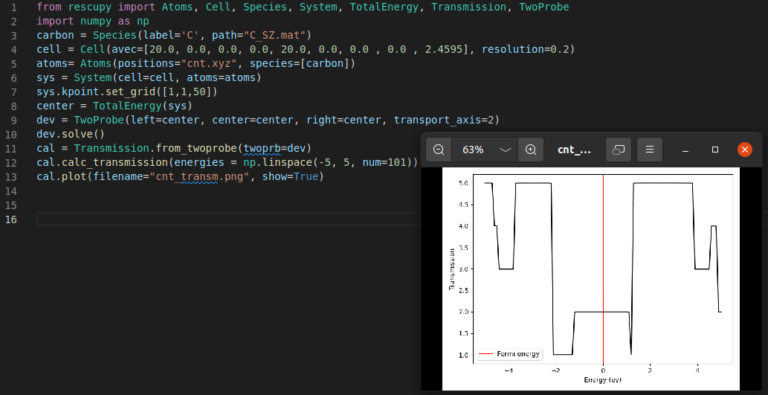

Features
Nanodcal+Description
Step up your research game with NanoDCAL+, an atomic orbital implementation of NEGF-DFT descending from NanoDCAL. Like NanoDCAL, it computes the Hamiltonian of materials and devices from first principles (i.e. without external parameters) using density functional theory (DFT) and simulates quantum transport phenomena within the Keldysh non-equilibrium Green function formalism (NEGF). However, NanoDCAL+ is entirely written in Fortran at the core to boast a massively parallel implementation. Moreover, its convenient Python user interface includes a large suite of methods for calculating many important transport properties in your materials. It is fully compatible and integrated with our new material design tool RESCU+.
Fast & parallel solver
NanoDCAL+ is carefully optimized to get you the answer faster. The code is parallelized using MPI and scales to 1,000’s of cores.

Transistor simulator
Simulate realistic devices accounting for the effect of gates and dielectric materials consistently.
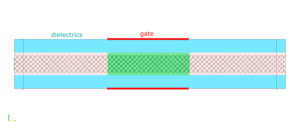
IV characteristic
Compute the current versus voltage characteristic to predict nanoscale device performance.
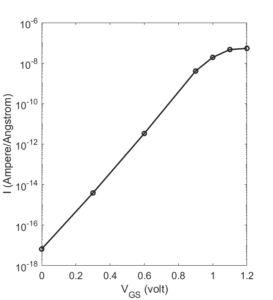
Transmission & conductance
Get transmission channels and coefficients, conductance for bulk materials, surfaces and devices.
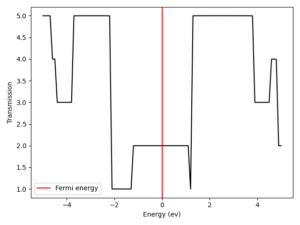
Python integration
NanoDCAL+ has a friendly Python interface, allowing one to quickly and easily build workflows and visualize data. Choose from our pool of calculators to compute ground state densities, band structures, Hamiltonians, IV curves and more.
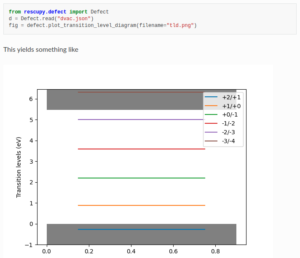
Ground state properties
Predict ground state properties like total energy, atomic forces, stress tensor.
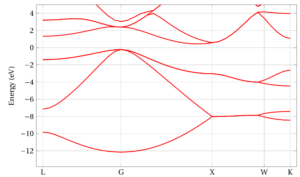
Spin
Include the physics of electronic spin and spin-orbit coupling via a state-of-the-art spin-DFT implementation (collinear and non-collinear formalisms).
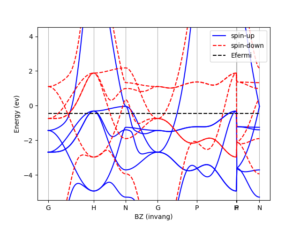
Atomic orbitals and pseudopotentials
Benefit from our accurate, efficient and complete database of atomic orbitals and pseudopotentials.
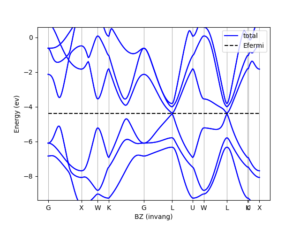
What's new ?
We have just released NanoDCAL+, please contact us to discuss your needs and benefit from a special license offer to celebrate!
Current NanoDCAL+ version is 2023B.
NanoDCAL+ user documentation
To access to NanoDCAL+ user documentation, click the link below: installation and user manuals, tutorials, theory and technical information pages are all there for your support and to get you up to speed as quickly as possible.


